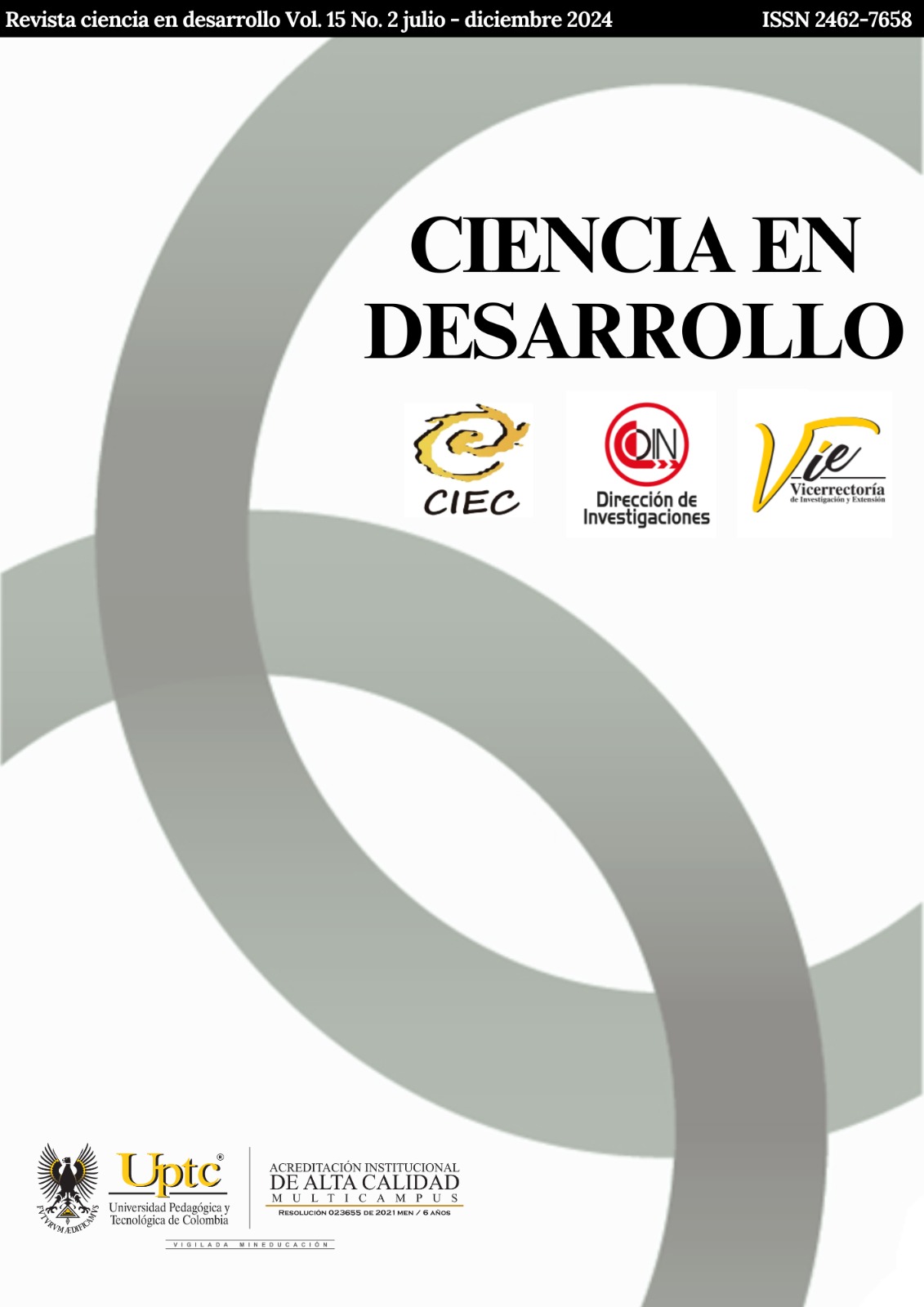Tumor Growth Dynamics Under Chemotherapy Treatment, a Mathematical Analysis With Periodic Drug Concentration.

Abstract
In general, tumor growth in human body is often controlled through chemotherapy treatment. This research aims to mathematically interpret the dynamics between tumor cells and normal cells considering treatment with chemotherapy administered periodically. To this end, a two-cell one-drug model is introduced via a nonlinear system of differential equations. In addition, the stability analysis of the model is provided, from which four different scenarios for the tumor dynamics are produced. Lastly, several numerical simulations are presented considering different intervals for the chemotherapy sessions.
Keywords
Mathematical Modeling, Non Linear Systems
References
- Health Panameric Organization. Cancer. Disponible en: https://n9.cl/0d7f5, 2021.
- CancerQues.Cancer Development. Disponible en: https://n9.cl/91pd7e, 2017.
- Peralta-Zaragoza, O, Bahena-Román, M, Díaz-Benítez, C. E. y Madrid-Marina, “Regulación del ciclo celular y desarrollo de cáncer: perspectivas terapéuticas”, Salud pública de México, 39, 451-462, 1997.
- Mufudza, C., Sorofa, W., and Chiyaka, E. T. “Assessing the effects of estrogen on the dynamics of breast cancer”, Computational and mathematical methods in medicine, 2012, 473572. https://doi.org/10.1155/2012/473572.
- American Cancer Society.“La quimioterapia actúa con el ciclo celular”. Disponible en: https://n9.cl/bjbhx, 2019.
- Asociación española contra el cáncer. “Qué es la quimioterapia? ”. Disponible en: https://n9.cl/c2e2pt, 2018.
- Rodrigues, D. S., Mancera, P. F., y Pinho, S. T. “Modelagem matemática em cáncer e quimioterapia: uma introducao”. Notas em Matemática Aplicada, e-ISSN, 2236-5915, 2011.
- Browder , C., Butterfield, B., Kraling, B., Shi, B., Marshall, S., O.Reilly and J. Folkman.“Antiangiogenic scheduling of chemotherapy improves efficacy against experimental drug-resistant cancer”, Cancer Research,60(7) , 2000.
- De Pillis, L. G., Fister, K. R., Gu, W., Head, T., Maples, K., Neal, T., Kozai, K. “Optimal control of mixed immunotherapy and chemotherapy of tumors”. it Journal of Biological systems, 16(01), 51-80. 2008. https://doi.org/10.1142/S0218339008002435.
- Abernathy, Z., Baxter, A., and Stevens, M. “Global dynamics of a breast cancer competition model”. Differential Equations and Dynamical Systems, 28(4), 791-805.https://doi.org/10.1007/s12591-017-0346-x 2020.
- Edelstein-Keshet, L . “Mathematical models in biology”. Society for Industrial and Applied Mathematics.https://doi.org/10.1137/1.9780898719147, 2005.
- Yang, H. M. “Mathematical modeling of solid cancer growth with angiogenesis”. Theoretical Biology and Medical Modelling, 9(1), 1-39. 2012.
- Pinho, D., Freedman, I., and Nani, F. “A chemotherapy model for the treatment of cancer with metastasis”. Mathematical and Computer Modelling, 36(7-8), 773-803. 2002.
- Unni, P., and Seshaiyer, P. “Mathematical modeling, analysis, and simulation of tumor dynamics with drug interventions”. Computational and mathematical methods in medicine. 2019.
- Guiraldello, R. T. “Modelo matemático de tratamento de câncer via quimioterapia em ciclos”. Dissertação (mestrado) - Universidade Estadual Paulista Julio de Mesquita Filho, Instituto de Biociências de Botucatu. Disponible en: http://hdl.handle.net/11449/132049. 2015.
